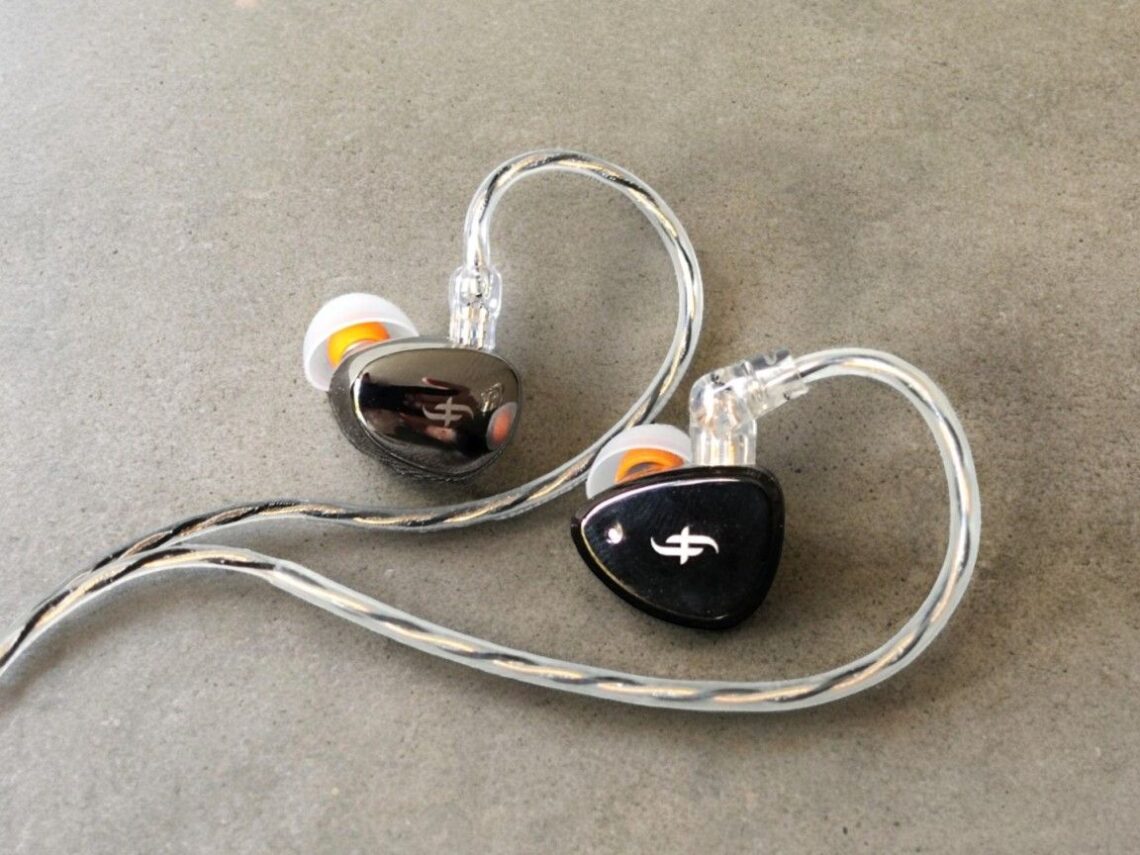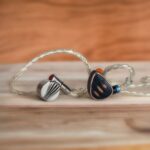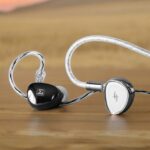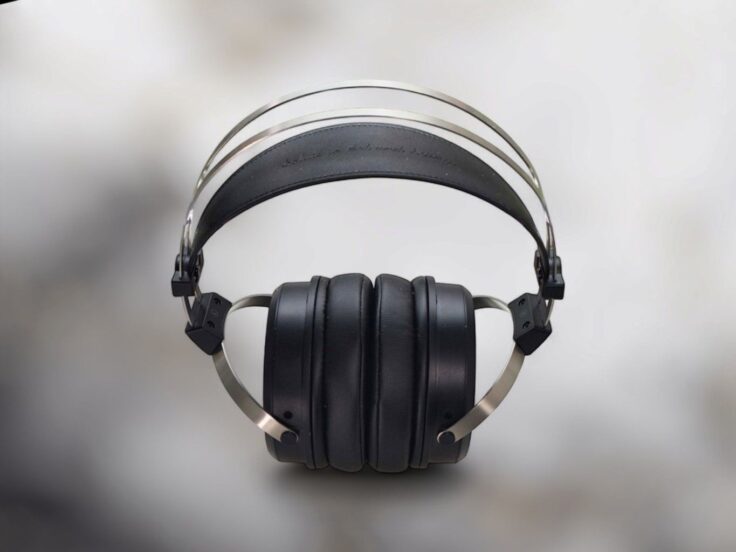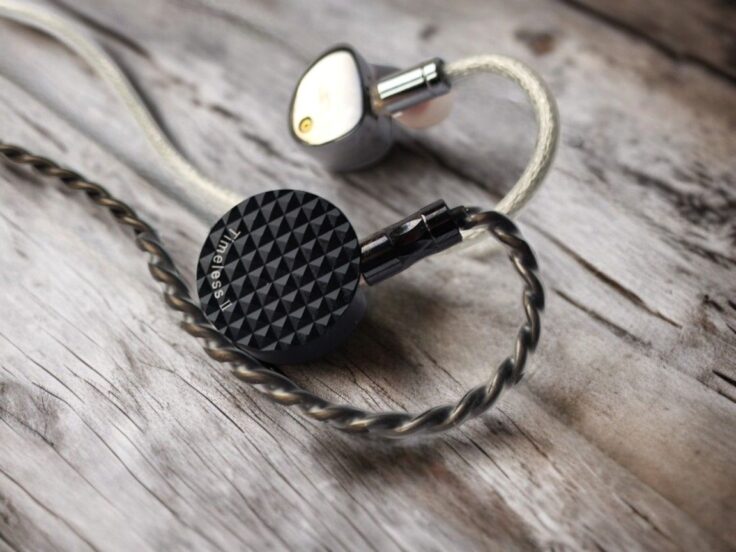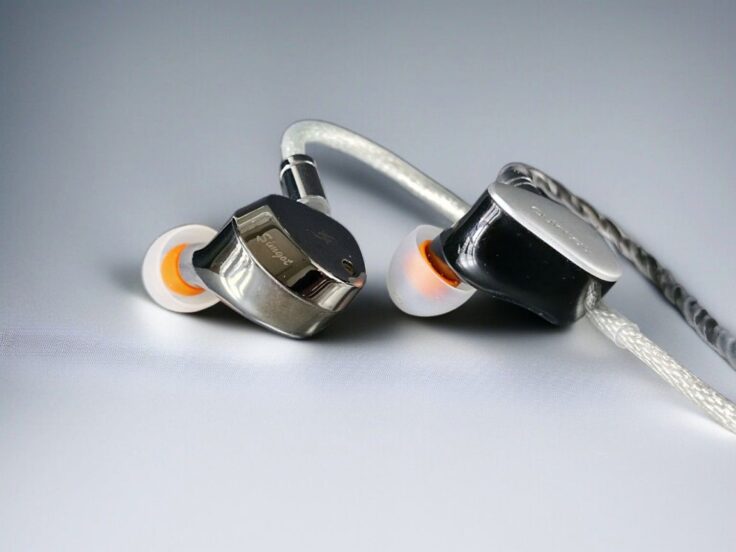The EM6L and the EA500LM are two IEMs from Simgot, similarly priced around 100 USD. They have much in common, but very different driver setups.
The EM6L has a total of five drivers per side: one dynamic driver (DD) and four balanced armature drivers (BA). The 8mm dynamic driver is responsible for the bass and lower mids. The upper mids are handled by a pair of balanced armature drivers, and so is the treble. There’s a three-way crossover. The EM6L was launched in 2023.
The Simgot EA500LM is a single dynamic driver earphone that hit the market in early 2024 as an upgrade of the EA500. It is the most affordable of the three EA-series headphones from Simgot, which all employ Simgot’s “dual magnet, dual cavity” driver design. The EA500LM utilizes a newly developed lithium-magnesium dome diaphragm. There are 3 pairs of interchangeable tuning nozzles supplied, The nozzles have a significant effect on the sound. For this comparison I have chosen to use the one I find the best and which also sits between the two others in terms of tuning profile.
They come with the same high-quality silver-plated OFC (oxygen-free copper) cables but with different connector plugs for the earphone. Both use dual-pin 0.78mm connectors on the IEM, but the EM6L uses protruding connectors. There’s a standard straight 3.5mm unbalanced connector on the other end.
The EM6L’s housing is very light and comfortable. It’s mostly made of resin and has a CNC-processed faceplate. It weighs almost nothing, and the passive noise isolation is superb.
The EA500LM is a real beauty – and a fingerprint magnet. It’s made of metal with a mirror-like finish. It’s light and very comfortable to wear, and it fits nicely in my ear without protruding much.
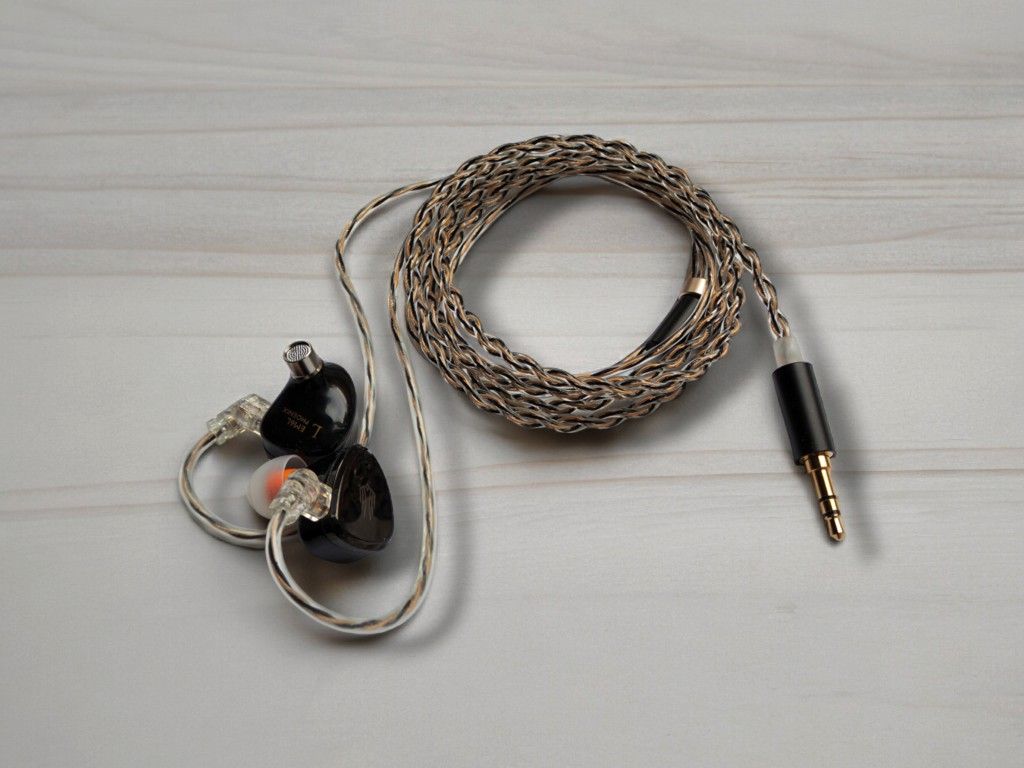
SIMGOT EM6L SPECIFICATIONS
- Drivers: 1 dynamic and 2 pairs of balanced armatures per side (1DD+4BA)
- Dynamic Driver: High-performance polymer composite diaphragm & dual-cavity driver
- Impedance: 26Ω±15%(@1kHz)
- Sensitivity: 119dB/Vrms(@1kHz)
- Frequency Response Range: 8Hz-40kHz
- Shell Material: high-precision 3D-printed resin
- Earphone Connector: Recessed 2 pin 0.78mm
- Cable: Detachable silver-plated OFC with 3.5mm termination
Check the current price here:
- Price on Amazon: Simgot EM6L
- Price on Linsoul: Simgot EM6L
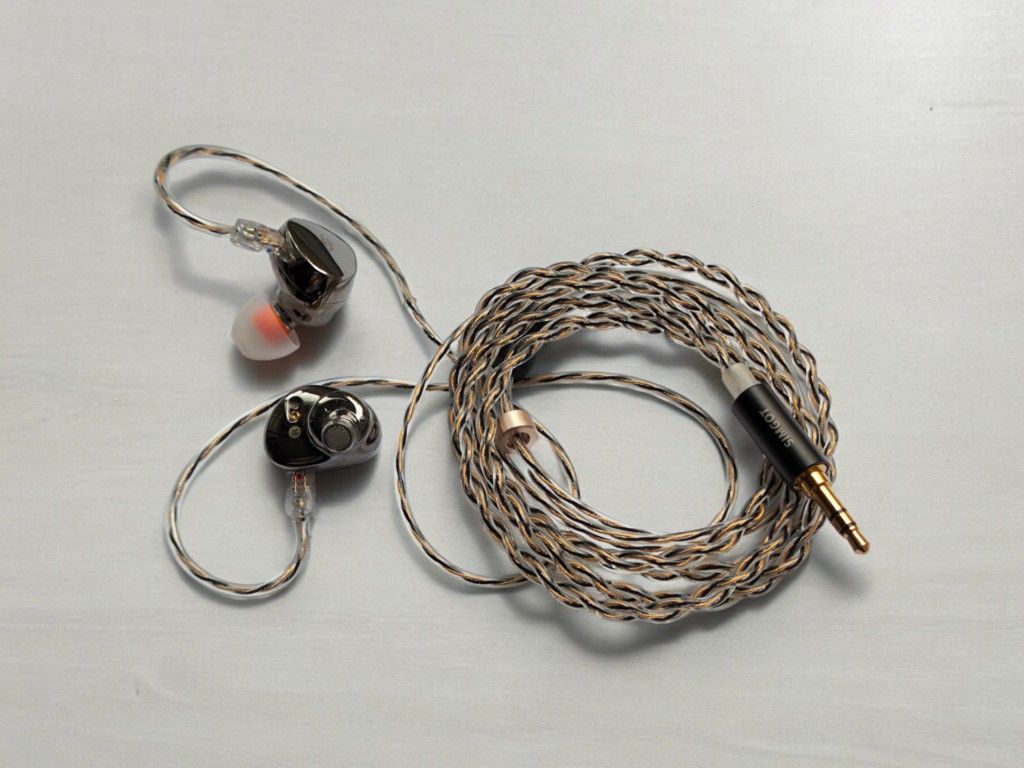
SIMGOT EA500LM SPECIFICATIONS
- Driver: single full range “dual-magnetic, dual-cavity” dynamic driver
- Diaphragm: lithium-magnesium dome
- Impedance 21Ω±15%(@1kHz)
- Sensitivity 123 dB/Vrms (@1kHz Gold Copper nozzle & Red Silicone Ring)
- 123dB/Vrms (@1kHz Silver Steel nozzle & Red Silicone Ring)
- 124dB/Vrms (@1kHz Silver Steel nozzle & Black Silicone Ring)
- Frequency response range: 10 Hz–50 kHz
- Effective frequency response: 20 Hz–20 kHz
- Connector: 0.78mm 2-pin
- Cable material: high-purity silver-plated OFC copper cable
Check the current price here:
AMPLIFICATION
The EM6L requires significantly more power than the EA500LM. It is noticeable with my desktop rig and it is also very noticeable when I try them with my excellent POCO F5 phone’s 3.5 mm headphone output. The EM6L needs 80-100% volume; the EA500LM is satisfied with 40-60%. They are both very capable with portable sources, but that the EM6L is more power hungry might be something to keep in mind.
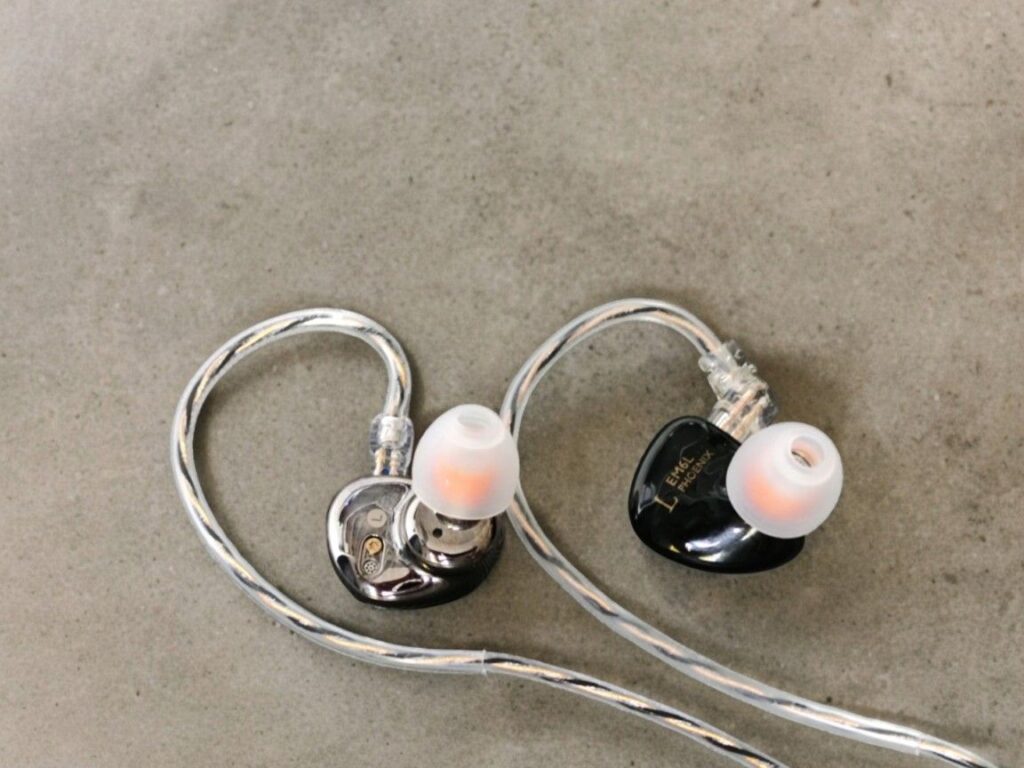
COMPARISONS
Associated equipment: Topping A90 amplifier with the RME ADI-2 DAC FS as source. The RME sounds excellent by itself, but it’s more practical for me to use the Topping.
Almost Like The Blues by Leonard Cohen
They are quite different. The EM6L is more textured sounding with a drier tonality. Cohen’s voice is very present and full of detail and texture. With the EA500LM, the vocals are warmer, darker and lusher. The bass is much tighter with the EM6L; with the EA500LM, it is bolder and fatter sounding. The sound stage is also bigger with the EM6L, with better imaging.
Jambi by Tool
The EA500LM sounds wonderful with this metall track, and it has the warmth and weight to give it the delivery it deserves. The EM6L sounds a bit dry and boring in comparison, relatively speaking. By itself, it sounds absolutely okay.
Smile by Pearl Jam
Also here, the slightly bolder presentation of the EA500LM sounds better, with more warmth and body. The EM6L also does a good job, though, and neither become sibilant.
Desert Island Disk by Radiohead
The EM6L sounds great here. It has excellent imaging. Everything is positioned precisely in the listening sphere. The vocals sound great, and the guitar too.
The EA500LM also has pretty good imaging, but it’s not all the way up there. Otherwise, they sound relatively close.
Generally, the EM6L sounds more technical, with a focus on detail and separation of instruments, while the EA500LM has a more organic and “musical” timbre. That being said, they are not very differently tuned and sound very close on this track.
It Could Be Sweet by Portishead
The EM6L really handles the bass exquisitely. The vocals are also great, sounding tender and fragile. The percussion is snappy without being too bright.
The EA500LM is definitely not as tight and controlled in the lowest regions, and in comparison, it sounds loose and bloomy. However, the vocals are delicious, and the imaging is very good.
Escape Route by Boris Blank
The sound is surprisingly similar. The EM6L is a bit tighter, and the EA500LM a bit warmer.
Young Vivaldi’s Violin Concerto RV 813 III by Ensemble Modo Antiquo
With this string piece, they also sound surprisingly similar. The tonality is slightly different, but I cannot say that one is better than the other.
Summer III – Vivaldi Recomposed by Max Richter
The EA500LM plays this in a wonderful way. Great imaging and tonality. The EM6L isn’t far behind, but I prefer the EA500LM here; it’s got a nice tonality, and the imaging is (surprisingly) better.
Bored by Deftones
Both are good. The EA500LM is darker and fatter-sounding, and the EM6L is very neutral. I prefer the warmer-sounding EA500LM, but it’s just a subjective preference.
Maple Noise by Greene Serene
This ultra-dynamic jazz improv piece sounds absolutely brilliant with the EA500LM. Fantastic tonality, great imaging, and wonderful dynamics. The EM6L also has great dynamics and imaging, but I prefer the warmer tonality of the EA500LM.
As Before by Olga Konkova
The EM6L has a punchy and very well defined bass. The cajôn is rendered better than most earphones can do. The EA500LM also does a nice job with the cajôn. In addition, it has a more musical midrange presentation.
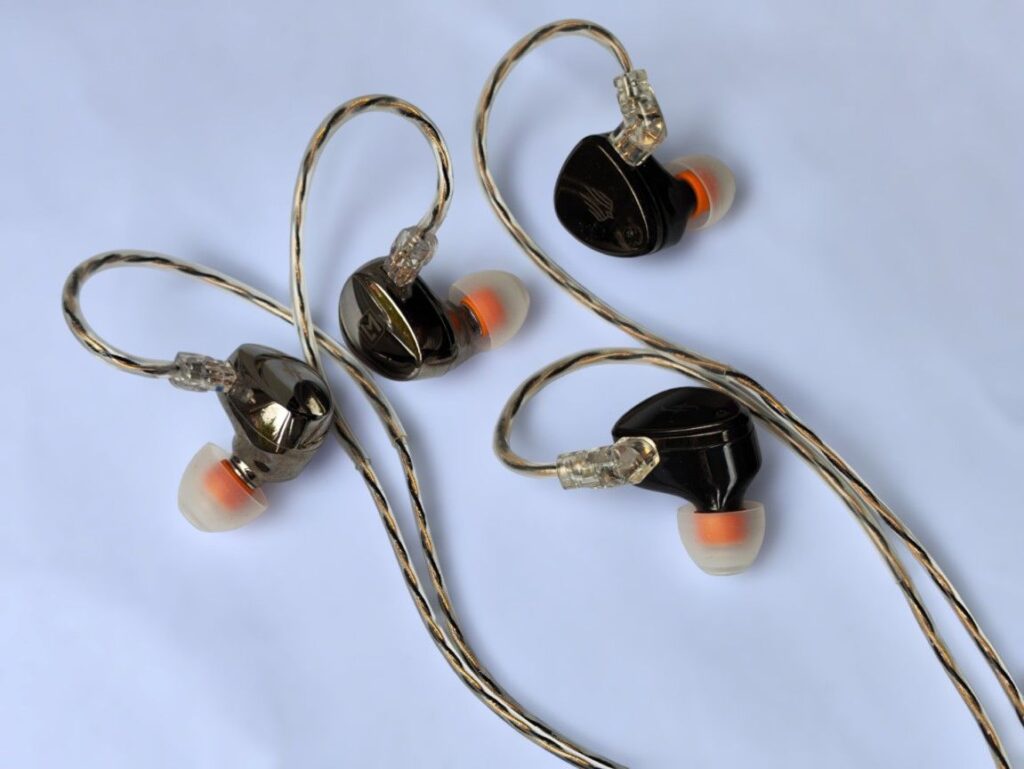
WRAPPING IT UPb
Sound Signature
In this comparison review, I have of course focused on the differences, but in absolute terms, these are very similarly tuned earphones, with more in common than not. Both have a strong but not overly dominant bass, a present midrange, and a well-balanced high end.
Treble
The treble is nicely balanced on both earphones, and they have more in common than not. It never gets too bright or harsh; it is detailed, but not in a boosted way.
Midrange
They both have a present mid-range, but there is a difference in the tonality and timbre. Even though I can fully appreciate the EM6L, the EA500LM has a warmer, more liquid presentation, and I find it more natural and enjoyable.
Bass
Even though they both have good bass performance, this is the realm of the EM6L. It’s tighter, better defined and has more texture. In direct comparison the EA500LM can sound loose and bloomy. Often it does not matter but when you really play something with the right kind of bass it is very obvious.
Soundstage and Imaging
I expected this to be a win for the EM6L, but it is not that straightforward. The EA500LM is very capable, and mostly they come out similarly good. With some music, I find that the EM6L has better imaging, and on other tracks, I find the EA500LM to be a hair better. If you want to use these for gaming etc, I think both will do fine, but probably the EM6L is better.
Detail, Dynamics and Timbre
I find that both earphones have a good amount of detail and dynamics. I think they are pretty equal in that regard, except for the bass, where the EM6L is significantly better.
When it comes to timbre, I find the EA500LM somewhat sweeter in the mids and treble, while the EM6L is king of the bass.
Nozzles
As mentioned, the EA500LM comes with three pairs of tuning nozzles. One is more warm and lush, one is neutral and one is more tight and bright. I have used the neutral sounding nozzles in this comparison, but it is important to know that you can adjust the sound. It will not totally transform the sound, but the “brighter” nozzles will take the EA500LM in the direction of the EM6L, the “warmer” nozzles will go in the opposite direction. To me all the nozzles sound good and it is definitely a nice feature. The EM6L have fixed nozzles.
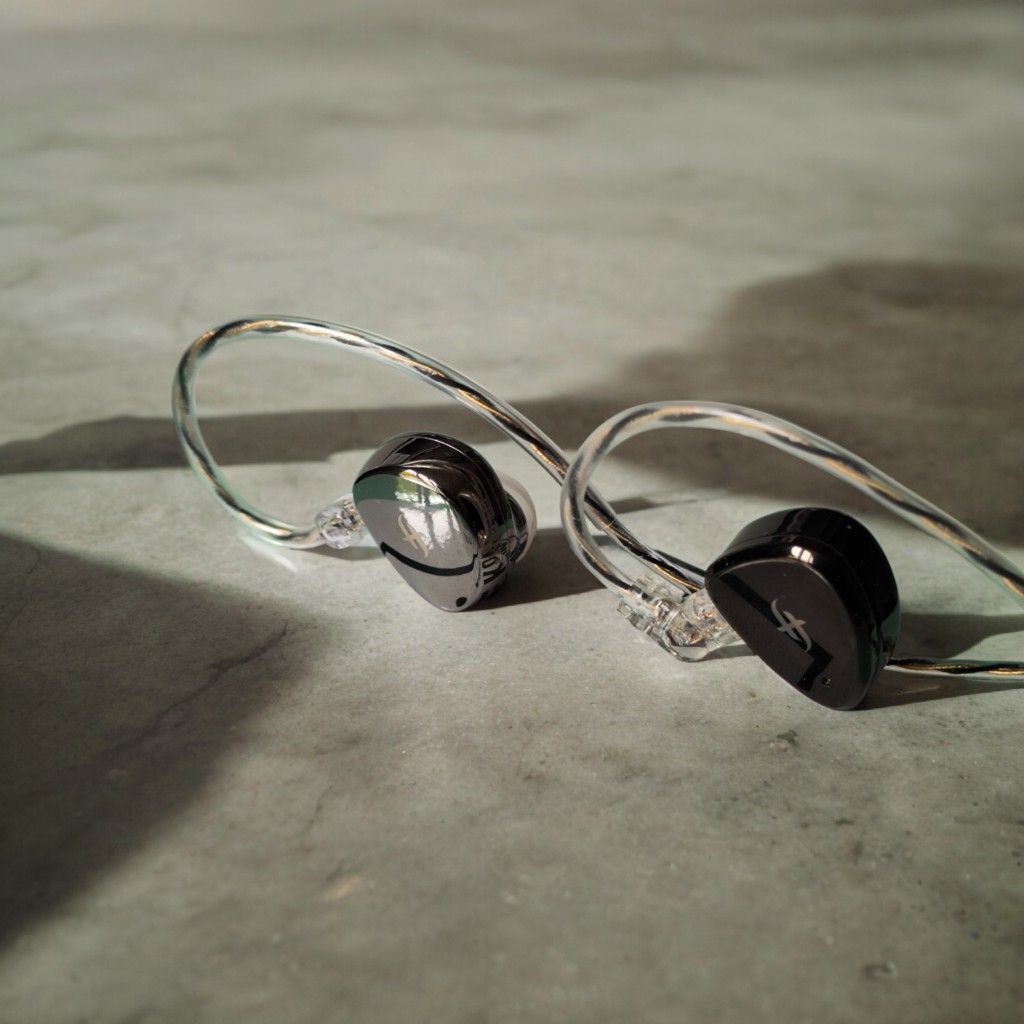
CONCLUSION
The EM6L and the EA500LM are similarly priced offerings from Simgot that have a lot in common. Both sound great, the tonal balance is similar, and they are very comfortable. A key difference is the bass, where the EM6L has better definition and more texture. They both have good soundstage and imaging, but the EM6L is slightly better.
The EA500LM is all metal and has interchangeable tuning nozzles, while the EM6L is even lighter and has better passive sound isolation.
Generally, the EM6L sounds a bit more neutral and technical, while the EA500LM sounds more organic and musical. They are both excellent options in this price range.
.
Our affiliate links can be used to purchase anything:
- Amazon: Simgot EM6L
- Linsoul: Simgot EM6L
Any purchase you make on Amazon or Linsoul with any of our affiliate links will give us a small provision at no cost to you.
We only get a provision for items that are not returned, so there’s no incentive for us to recommend something that’s not good.
Linsoul : Headphones, Earbuds, Wireless Earbuds, Desktop DAC/AMP, Portable DAC/AMP, Digital Audio Players,
Amazon: Headphones, IEMs, Headphone Amplifiers, Home Audio or Anything else.
.
If you enjoyed this article or other content on The Headphoneer, you might consider leaving a small donation to keep this website up and running. No donation is too small. Thanks for supporting us!
If you like our work please follow us on Instagram, Facebook and Twitter , it will help us grow. Sharing is caring 🙂


